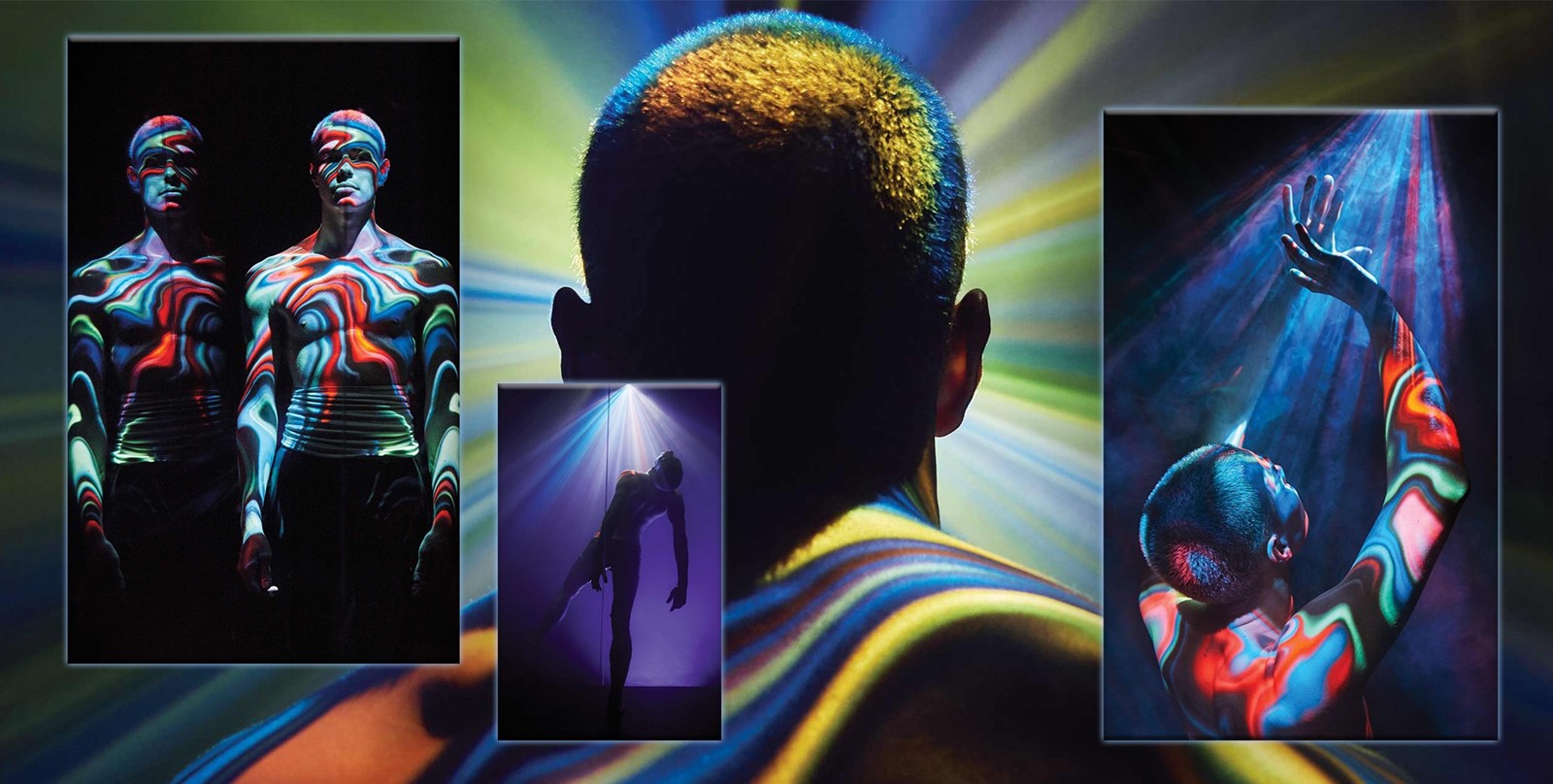The natural phenomena may disappear completely, along with the way we communicate
Lauren Bowker is science editor-at-large for Dazed and founder of T H E U N S E E N. Lauren merges her interest in the occult and science to create Magick for today’s world – here she imagines the Aurora Borealis of the future
As nature fades away in front of our eyes, the concept of protecting natural phenomena around us seems as poetic as it does critical. With that in mind, we attempted to conserve one of the most wondrous spectacles the world has to offer. We recreated the Northern Lights and put them inside of a glass cube to be preserved for future generations of Aurora Borealis hunters.
By animating 3D projections through dispersed particles, we simulated the changing of Aurorae colour as it collides with atmospheric oxygen and nitrogen, capturing the spectacular beauty of the universe.
The Northern Lights are considered one of the most beautiful phenomena known to man, an incredible spectrum where space and earth collide. Not only do the ethereal Northern Lights incite awe, they act as a critical natural tool for identifying the solar storms and space weather surrounding our planet.
Their colours and characters form as a result of billions of collisions from excited plasma into the chemicals within the varying stratospheres of our earth’s magnetic atmosphere. The more atmospheric oxygen in the collision, a green hue is produced, while the more nitrous oxide there is you get a purple red.
Not only are the Aurorae visually supernatural, a recent study found they also emit ghostly noises. The dispersed particles trapped within the layers of our Earth’s atmosphere burst upon collision with the Aurorae plasma generating a radio static-like sound that can be heard on the ground. We created a soundscape to accompany our captured aurora using authentic Finnish recordings of Aurorae laid over the top of our film.
While imagining a radical vision of a future world where the composition of our earth’s atmosphere continues to change with the more carbon emission and light pollution we throw out, I wondered what will happen to the Aurorae in the future?
The Aurorae is made up of plasma, no we’re not talking Stranger Things multiverses or Alex Mac morphing into goo just yet, we’re talking about the fourth state of matter that surrounds an estimated 99 per cent of the observable universe. (solid, liquid, gas and plasma). Plasma is universally immense!
The Aurorae plasma is drawn from space, attracted to the magnetic field surrounding Earth, which protects human life and the technology we rely on. The magnetosphere isn’t static, and the magnetic poles are continually shifting. It is predicted that the Earth is long overdue a magnetic polar reverse, meaning the Aurorae may not only disappear from our visible field or reappear over our equator, they may miss us completely, disappearing from sight.
Almost every person and business on the planet rely on the Earth’s magnetic field to connect to GPS, access the internet and phone service, watch satellite TV or fly a plane, meaning the way in which we communicate and connect today may also disappear.
But the future isn’t all dark, there’s something profoundly illuminating in appreciating the beauty and wonder of space. The universe and all it holds will continue, with or without us in it.
